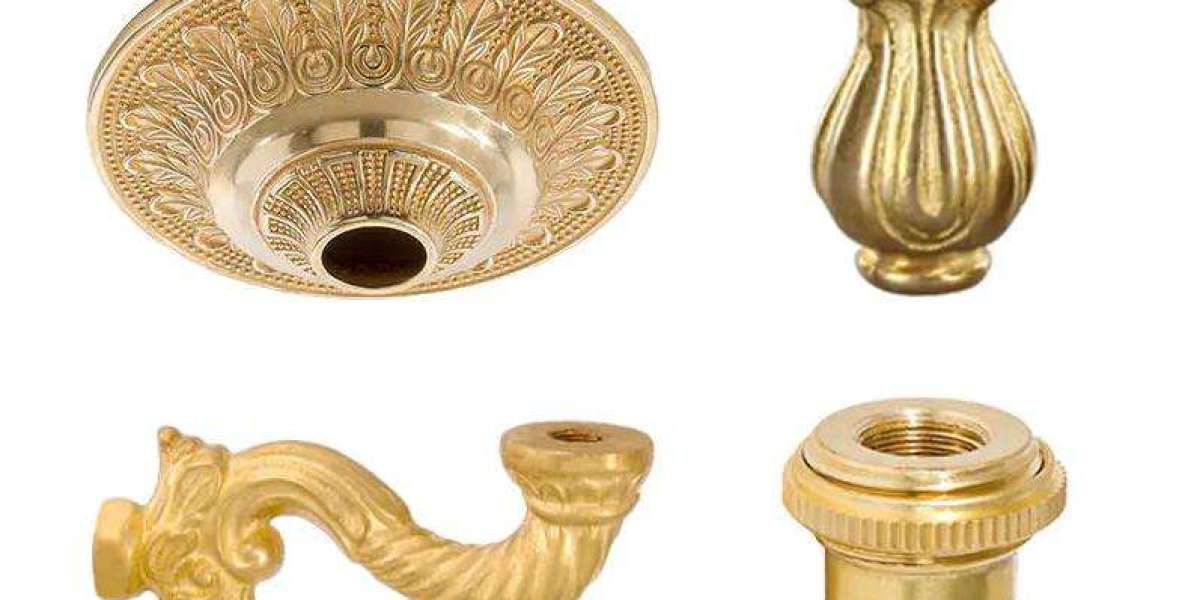In the realm of metalworking, two ancient techniques, metal forging, and metal casting, have stood the test of time, contributing significantly to the creation of robust and intricate metal products. Among these, Brass Hot Forging emerges as a fascinating process that exemplifies the synergy of tradition and innovation in the metal industry.
The Art of Metal Forging & Metal Casting
Metal forging, a method dating back to ancient civilizations, involves the shaping of metal through localized compressive forces. The process is distinguished by its ability to enhance the mechanical properties of metals, providing strength and durability to the final product. Brass, a metal alloy composed of copper and zinc, has proven to be particularly amenable to forging due to its malleability and excellent heat conductivity.
Brass Hot Forging Process
The brass hot forging process begins with the selection of high-quality brass alloys. The chosen material undergoes heating to a temperature where it becomes malleable but does not reach its melting point. Skilled craftsmen, often referred to as blacksmiths, employ various tools and dies to shape the heated brass into the desired form. The forging process imparts superior strength and structural integrity to the brass, making it ideal for applications requiring resilience and precision.
Advantages of Brass Hot Forging
The advantages of brass hot forging are manifold. Firstly, the process refines the grain structure of the metal, enhancing its mechanical properties and making it resistant to wear and tear. Additionally, the forged brass exhibits improved density and reduced porosity, contributing to its corrosion resistance. This makes it a preferred choice for applications in diverse industries, including automotive, aerospace, and construction.
Applications in Various Industries
The versatility of brass hot forging finds expression in a multitude of industries. In the automotive sector, forged brass components such as gears and connectors ensure reliable performance under demanding conditions. In aerospace, the lightweight yet durable nature of forged brass makes it indispensable for critical components. The construction industry benefits from the corrosion-resistant properties of forged brass, which is utilized in plumbing fixtures and architectural elements.
Challenges and Innovations
While brass hot forging has a rich history, it continues to evolve with modern technological advancements. Innovations in heat control, die design, and automation have streamlined the process, enhancing efficiency and precision. Challenges, such as maintaining optimal temperatures and preventing oxidation, have spurred the development of sophisticated solutions to ensure the quality of the final product.
In conclusion, the art of brass hot forging stands as a testament to the enduring legacy of metalworking techniques. As an integral part of the metal forging and casting realm, brass hot forging exemplifies the harmony between traditional craftsmanship and contemporary innovation. With its diverse applications and ongoing advancements, this process continues to shape the foundation of industries that rely on the resilience and quality of forged brass components.








